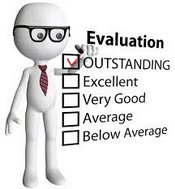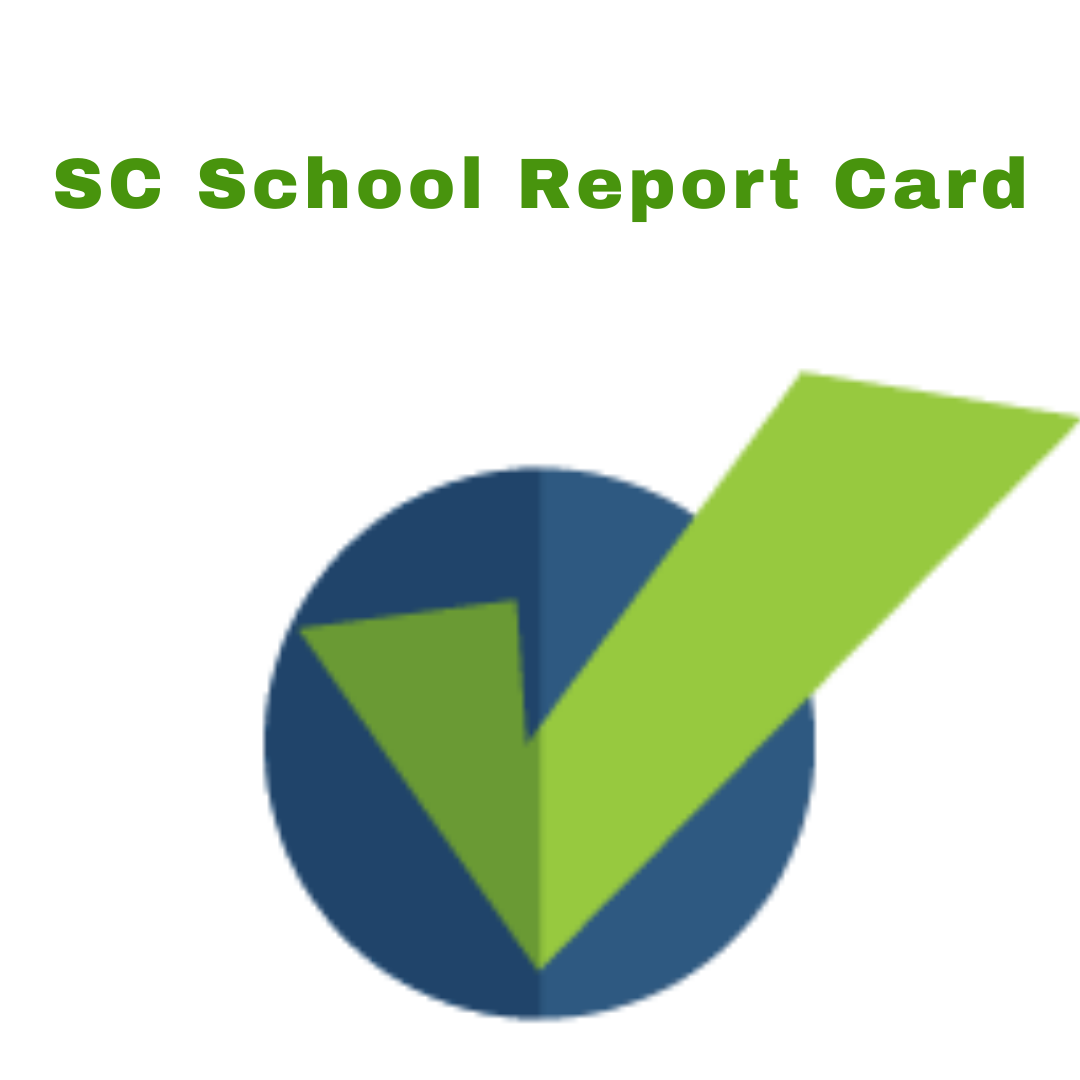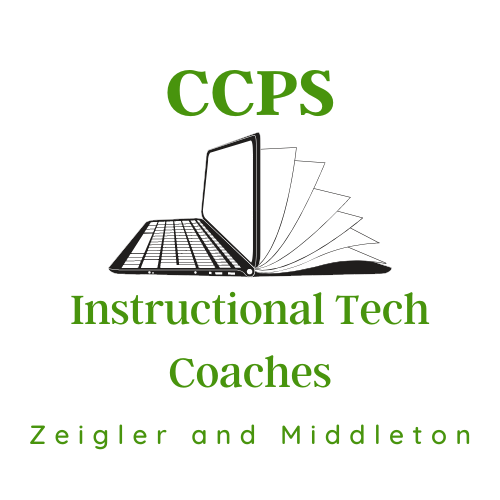Office of Teaching and Learning
The educators of Calhoun County Public Schools share a common concern and commitment to the welfare of our children. Therefore, the purpose of Calhoun County Public Schools’ district is “Teaching and Learning.” Curriculum (what is taught) and instruction (how it is taught) are the vital aspects of the educational program. We want teachers and staff in the district to use the most effective methods, tools, and materials in their work toward individual student achievement. We are vested in providing our students with the best education we can offer through a strong PreK-12 curriculum pacing with purposeful and differentiated instructional practices a strong assessment format to gage student readiness. Our curriculum, developed to align with the South Carolina College and Career Ready Standards and National Early Learning Standards, provides students with daily learning targets and course/subject/grade level essential learning outcomes to ensure that students are learning the necessary content and developing the necessary skills to meet grade level benchmarks on their road towards academic success. Our instructional practices are designed to adjust for the needs of all learners through data-driven differentiation, technology integration, and Response to Intervention (RtI). Throughout the learning process, we use multiple types of assessments to measure students; growth and progress. We share these assessments through different avenues including standardized and screening test results reports, report cards, and formal/informal conferences with students and parents.
The Office of Teaching and Learning and the Office of Accountability and Administration work closely to ensure that the relationship is forged between the student, teacher, parents and stakeholders to maximize student learning.

"Children are not things to be molded, but people to be unfolded!"
Empower. Compete. Succeed.
- Assessments
- CCPS Comprehensive Staff Development Plan 2025-2026
- CCPS District Strategic Plan and School Renewal Plans
- Child Early Reading and Development Education Program (CERDEP)
- Comprehensive Data Manual
- Grade Policy
- Health Education
- Home School Options
- Read to Succeed
- School Report Cards
- Teaching and Learning Goals
- Title I
- Title II
- Title III
- Instructional Technology Coaches Corner
- Staff
The Every Student Succeeds Act (ESSA) is the latest reauthorization of the 1965 Elementary and Secondary Education Act, which was approved by the U.S. Congress in December 2015. This law provides significant federal support for programs serving students in kindergarten through 12th grade and replaces the No Child Left Behind Act of 2001.
Overview/Highlights:
It limits the federal government's power to set education policy for states and increases state flexibility to design accountability systems, interventions, and student support. It also increases state and local flexibility in the use of federal funds, gives states flexibility to work with local stakeholders to develop educator evaluation and support systems, and maintains annual assessments for grades 3-8 and high school.
The primary purpose of Calhoun County Public Schools is to promote student learning. Research has shown student learning is enhanced when faculty and staff have access to effective professional development. Professional development should focus on enhancing professional practice and leadership capacity at both the school and district levels.

Related Forms
CCPS District Strategic Plan and School Renewal Plans
District Strategic Plans and School Renewal Plans are to be developed every five years and updated annually as required by the Early Childhood Development and Academic Assistance Act of 1993 (S.C. Code Ann §59-139-05 et seq.), the Education Accountability Act of 1998 (S.C. Code Ann §59-18-1300, 1310, and 1510) and the State Board of Education Regulation 43-261. District Strategic Plans and School Renewal Plans, as well as Annual Updates, are due April 30th of each year and the plans become effective July 1.
According to S.C. Code Ann. §59-18-1300, each district board of trustees must establish and annually review a performance based accountability system, or modify its existing accountability system, to reinforce the state accountability system. Parents, teachers, and principals must be involved in the development, annual review, and revisions of the accountability system established by the district. The board of trustees shall ensure that a district accountability plan be developed, reviewed, and revised annually.
According to SBE Regulation 43-261, the district strategic plan and school renewal plans include the accountability system that directs an annual needs assessment; prioritizes the performance goals; and reports how the district supports schools, students, and families. The district strategic plan and school renewal plans must establish priorities and prioritize efforts to focus on raising student achievement levels for all students, the prevention of academic problems, and reducing the achievement gaps identified on the annual report card. It is imperative that the planning processes demonstrate a commitment to continuous improvement and respond to accountability requirements in both state and federal legislation. The plans must be developed collaboratively by a broad-based group of stakeholders using a consensus process.
Child Development Education Program (CDEP)
The Child Development Education Pilot Program (CDEPP) was established in annual budget proviso starting in 2006 as a pilot program for children residing in the plaintiff districts in the school funding lawsuit, Abbeville County School District et al. vs. South Carolina. On June 11, 2014, Governor Nikki Haley signed Act 284 (Read to Succeed); section 2 of that act codified the Child Development Education Program (CDEP). Section 59 156 110 states, “There is created the South Carolina Child Early Reading Development and Education Program which is a full day, four year old kindergarten program for at risk children which must be made available to qualified children in all public school districts within the State.” The South Carolina Early Reading Development and Education Program (CERDEP) required providing funds first to eligible children in the state’s eight trial districts in the Abbeville County School District et al vs. South Carolina. With remaining funds, the program expanded to the plaintiff districts in Abbeville County School District et al vs. South Carolina and then expanded to eligible children residing in school districts with a poverty index of ninety percent or greater.
The South Carolina General Assembly has expanded the funding for many of the state’s at-risk 4-year-olds to have an opportunity to attend a full-day educational program. In 2016–17 the original districts entered the eleventh year since implementation in 2006; the expansion districts of 2013 entered their fifth year; and the districts added in 2014 entered their third year.
Section 59-156-110 mandates that in CDEP classrooms districts will provide (1) a comprehensive, systemic approach to reading that follows the State Reading Proficiency Plan and the district’s comprehensive annual reading proficiency plan, (2) successful administration of the readiness assessment; (3) the developmental and learning support that children must have to be ready for school; (4) parenting education, including educating the parents as to methods that may assist the child; and (5) identification of community and civic organizations that can support early literacy efforts.

Related Forms
Comprehensive Data Manual
Data is one of the most powerful tools to inform, engage, and create opportunities for students along their education journey—and it's much more than test scores. ... Everyone has an important role to play in helping all students succeed in their own individualized ways.
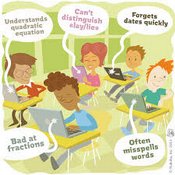
Related Forms
Grade Policy
Policy IKA Grading/Assessment Systems
Issued 3/17
Purpose: To establish the board's vision for grading and assessment of student academic progress.
Students respond more positively to the opportunity for success than to the threat of failure. The district seeks, therefore, through learner objectives and its instructional program, to make achievement both recognizable and possible for students. The district should emphasize achievement in its process of evaluating student performance.
Regularly issued report cards, combined with scheduled parent-teacher conferences, serve to promote a process of continuous evaluation of student performance. This process informs students and their parent/legal guardian and provides a basis for bringing about change in student performance if such change seems necessary.
Statewide Uniform Grading Scale
The school will follow the statewide uniform grading scale as approved by the State Board of Education. This uniform grading scale and the system for calculating grade point averages (GPAs) and class rank will apply to all courses carrying Carnegie units, including units earned at the middle/junior high school level.
The uniform grading scale is as follows:
A 90 - 100
B 80 - 89
C 70 - 79
D 60 - 69
F 59 and below
All report cards and transcripts will use numerical grades for courses carrying Carnegie units.
Cf. IKAB, IKC, IKF
Adopted 2/6/78; Revised 11/6/78, 9/16/96, 2/07, 3/20/17
Legal references:
S.C. Code, 1976, as amended:
Section 59-5-68 - Uniform grading scale.
Section 59-18-310(B) - Development or adoption of statewide assessment program to measure student performance.
Section 59-18-320 - Review of field test; general administration of test; accommodations for students with disabilities; adoption of new standards.
State Board of Education Regulations:
R43-234 - Defined program, grades 9-12.
R43-262 - Assessment program.
R43-274 - Student attendance.
Calhoun County Public Schools

Related Forms
Comprehensive Health Education

Home School Options
Please contact the Office of Teaching and Learning if you are considereing Home Schooling your child.
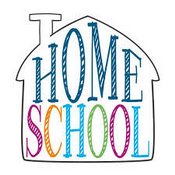
Related Forms
Read to Succeed
Act 284, Read to Succeed legislation, was created in 2015 to address literacy performance in South Carolina and put in place a comprehensive system of support to ensure SC students graduate on time with the literacy skills they need to be successful in college, careers and citizenship. Act 284 provides for a strong assessment and intervention system for students kindergarten through twelfth grade with a goal of all students becoming proficient readers by the end of third grade.
School Report Cards
From the State Departments website:
"Each year, School and District Report Cards are posted on the South Carolina Department of Education’s (SCDE's) website. Not to be confused with student report cards, these Report Cards provide information about each school and district, including test performance, teacher qualifications, student safety, awards, parent involvement, and much more.
Under the Every Student Succeeds Act (ESSA), State Education Agencies are required to prepare and disseminate an annual state report and Local Education Agency (LEA) report card that meet the minimum requirements described in federal law. "
Title I
The purpose of Title I, Part A of Public Law 107-110 is to enable schools to provide opportunities for children served to acquire the knowledge and skills contained in the challenging state content standards and to meet the challenging state performance standards developed for all children.
This purpose is accomplished by such efforts as providing an enriched and accelerated educational program;
promoting schoolwide reform through schoolwide programs or through additional services that increase the amount and quality of instructional time; significantly upgrading the quality of instruction by providing staff in participating schools with substantial opportunities for professional development; and affording parents meaningful opportunities to participate in the education of their children at home and at school.

Related Forms
Title II
Title II, Part A Improving Educator Quality State Grants originally authorized as Eisenhower Professional Development and the Class Size Reduction programs under the Elementary and Secondary Education Act (ESEA) of 1965, was reauthorized in 2001 by the No Child Left Behind Act (NCLB) and in 2015 by the Every Student Succeeds Act (ESSA). While ESSA was authorized in December of 2015, the Consolidated Appropriations Act of 2016 extended the date by which certain parts of the Act would be effective. The United States Department of Education (USDE) issued the Non-Regulatory Guidance for Title II, Part A on September 27, 2016. Further guidance has been provided by USDE in the form of Dear Colleague Letters and FAQs.
Improving Teacher Quality State Grant funds are obtained by a State on the basis of the USDE’s approval of either (1) an individual State plan as provided in Section 2112 of the ESEA (20 USC 2112) or (2) a consolidated application that includes the program, in accordance with Section 9302 of the ESEA (20 USC 7842). Through the program, state and local educational agencies (SEAs and LEAs) receive funds using a USDE provided formula based on poverty and population.
The purpose of the Title II, Part A grant is:
- to increase student achievement consistent with challenging State academic standards,
- to improve the quality and effectiveness of teachers, principals and other school leaders,
- to increase the number of teachers, principals and other school leaders who are effective in improving student academic achievement in schools, and
- to provide low-income and minority student greater access to effective teachers, principals and other school leaders.

Related Forms
Title III
Title III is responsible for the oversight of the language instruction of limited-English proficient and immigrant students. This is accomplished by:
- administering grant programs that help children develop proficiency in English and achieve high content standards;
- recommending policies and promoting best practices for meeting the needs of English language learners;
strengthening collaboration and coordination among federal, state, and local programs serving English language learners; and - monitoring funded programs and providing technical assistance that addresses outcomes and accountability.
Title III grant applications are due to our Title III office by July 1st of each year.






